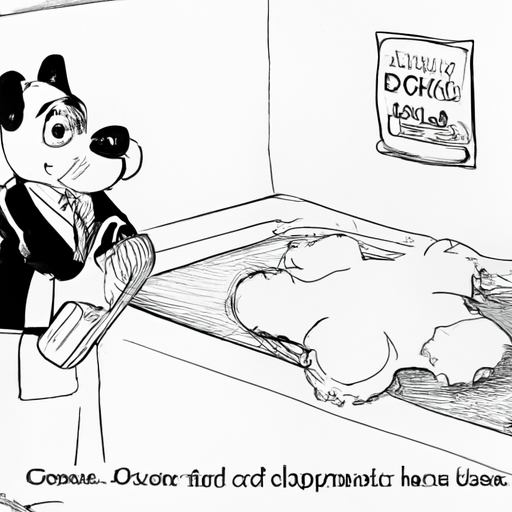As a caregiver, ensuring the well-being of a pet is your top priority. One of the often overlooked aspects of dog care is maintaining the health of their anal glands. Although it can be an uncomfortable topic to discuss, it’s an essential part of your dog’s hygiene. This guide will walk you through the steps to clean your dog’s anal glands safely and effectively.
H2: Understanding the Importance of Anal Glands in Dogs
Anal glands, also known as anal sacs, are two small pouches situated on either side of your dog’s anus. These glands produce a unique scent that dogs use for identification and territory marking. However, these glands can sometimes become clogged, leading to discomfort and potential infection. Regular cleaning can prevent these issues.
H2: Recognizing the Signs of Anal Gland Issues
Before you start the cleaning process, it’s important to know the signs that your dog’s anal glands need attention:
- Scooting: This is when your dog drags its bottom across the floor. It’s a clear sign that they are trying to relieve discomfort around their anus.
- Excessive licking or biting at the anus: This could be your dog’s attempt to alleviate the discomfort or itchiness.
- Swelling around the anus: This could indicate an infection or abscess.
H2: The Step-by-Step Guide to Cleaning Your Dog’s Anal Glands
Here are the steps you can follow to clean your dog’s anal glands:
- Gather your supplies: You will need gloves, a warm cloth, and a mild pet-safe soap.
- Put on your gloves and lift your dog’s tail gently.
- Locate the anal glands. They are situated at approximately four and eight o’clock positions if you imagine the anus as a clock face.
- Apply gentle pressure to the glands until they release a small amount of fluid. Be careful not to squeeze too hard as this can cause injury.
- Clean the area with the warm cloth and mild soap.
- Repeat the process every month or as advised by your vet.
H2: When to Seek Veterinary Help
Despite your best efforts, sometimes complications can arise. Here are a few situations where you should seek immediate veterinary help:
- If the glands are too hard to express
- If your dog appears to be in pain during the process
- If there is blood in the expressed fluid
- If the swelling doesn’t reduce after a few days
H2: Preventative Measures
Ensuring your dog’s overall health can help prevent anal gland issues. Here are some strategies:
- Regular Exercise: Physical activity can stimulate natural gland emptying.
- Healthy Diet: A diet high in fiber can promote regular bowel movements, which can help naturally express the glands.
- Regular Vet Check-ups: Regular vet visits can help catch any potential issues early.
| Prevention Strategy | Description |
|---|---|
| Regular Exercise | Stimulates natural gland emptying |
| Healthy Diet | Promotes regular bowel movements |
| Regular Vet Check-ups | Can catch potential issues early |
FAQ
Q: How often should I clean my dog’s anal glands?
A: Typically, once a month is sufficient. However, your vet may recommend a different schedule based on your dog’s specific needs.
Q: Can I hurt my dog by cleaning their anal glands?
A: If done correctly and gently, cleaning should not hurt your dog. If your dog shows signs of discomfort, stop and consult a vet.
Q: What if I’m not comfortable doing this?
A: It’s perfectly fine to seek assistance from a professional groomer or vet. It’s important to ensure the procedure is done correctly to avoid causing harm to your dog.
Remember, your dog’s health and comfort are paramount. Understanding and correctly addressing their needs can ensure they live a long, happy, and healthy life.



